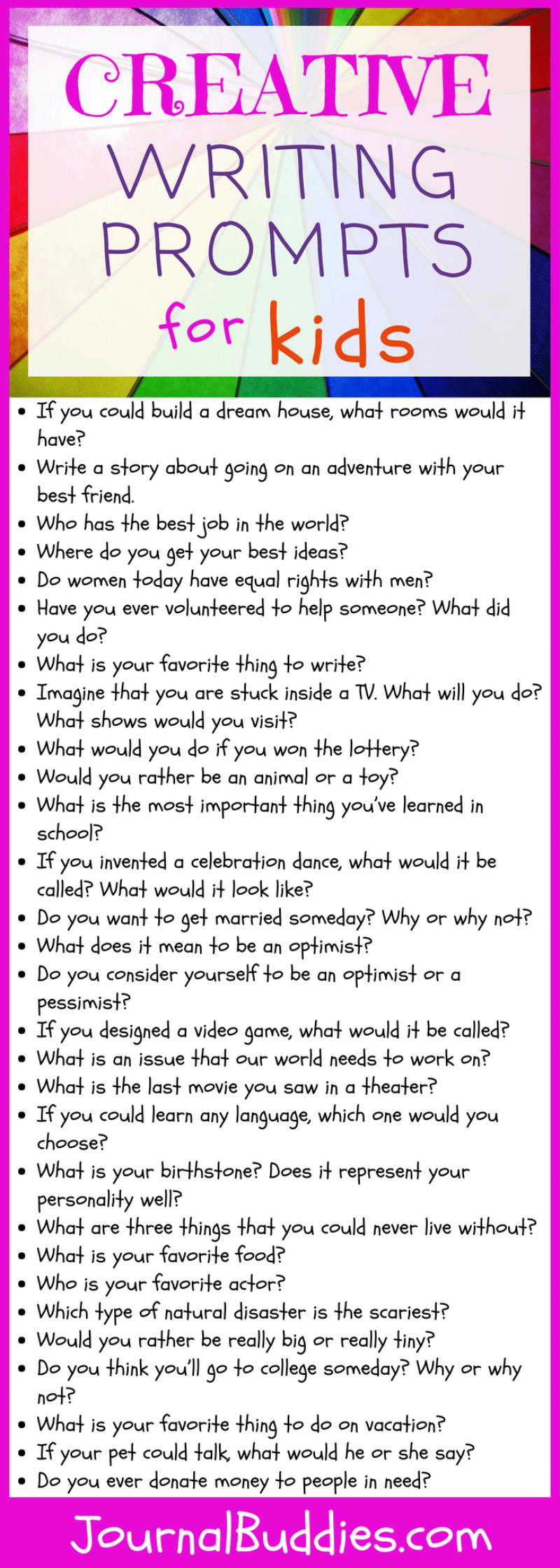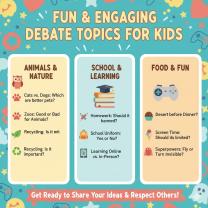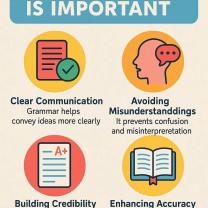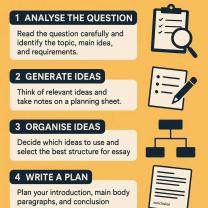How often do students receive creative writing lessons?
The frequency of creative writing lessons in student curriculums can vary significantly based on factors such as the educational level, school policies, and curriculum standards. Creative writing is often integrated into language arts or English language and literature courses. Here are some general observations, but keep in mind that practices can differ:
Elementary School:
- In elementary school, students typically receive regular creative writing lessons as part of their language arts curriculum. These lessons may focus on basic writing skills, storytelling, and creative expression. Depending on the school, students may have creative writing assignments on a weekly or bi-weekly basis.
Middle School:
- In middle school, creative writing remains a component of language arts courses. Students may receive creative writing lessons with greater emphasis on developing more advanced writing skills. The frequency of creative writing assignments may vary but is often a consistent part of the curriculum.
High School:
- In high school, creative writing may become a more specialized or elective course. While creative writing skills are still integrated into the broader English curriculum, high school students who are particularly interested in creative writing may choose to take dedicated creative writing courses. The frequency of creative writing lessons can depend on whether it's part of the core curriculum or an elective.
College and University:
- At the college and university levels, students can enroll in specific creative writing courses or pursue creative writing as a major or minor. The frequency of creative writing lessons is determined by the structure of the program and individual course schedules. Creative writing workshops, seminars, and independent study opportunities are common at this level.
Extracurricular Programs:
- Some schools may offer extracurricular creative writing programs, clubs, or activities. These may meet regularly, providing students with additional opportunities for creative expression outside of the regular curriculum.
Integration Across Subjects:
- Creative writing skills may also be integrated into other subjects, such as social studies or science, to enhance interdisciplinary learning. In such cases, students may engage in creative writing exercises or projects related to the content of those subjects.
It's important to note that educational practices can vary widely from one school or district to another. Additionally, the emphasis on creative writing may be influenced by local curriculum standards, educational philosophies, and the priorities of individual teachers. Some educators may incorporate creative writing into their lessons more frequently, recognizing its value in developing communication skills, critical thinking, and creativity.
Frequency and Availability of Creative Writing Lessons in Academic Curriculums:
The frequency and availability of creative writing lessons in academic curriculums vary widely depending on several factors:
- Grade Level: Elementary schools often dedicate more time to creative writing through dedicated classes, integrated activities, and projects. As students progress to middle and high school, the focus generally shifts more towards formal writing and analysis, with creative writing often offered as electives or incorporated within specific subjects like language arts.
- School System and Curriculum: Individual schools and educational systems set their own curriculum priorities, influencing the amount of time devoted to creative writing. Some progressive schools may prioritize creative expression throughout the curriculum, while others might favor a more traditional focus on standardized testing and analytical skills.
- Teacher Preferences and Qualifications: Teachers' own backgrounds and comfort levels with creative writing can impact how much they integrate it into their lessons. Qualified and passionate teachers can find ways to infuse creative writing activities even within seemingly unrelated subjects.
While dedicated creative writing classes may not be ubiquitous across all grade levels and curriculums, it's important to note that:
- Creative writing elements are often integrated into other subjects: Storytelling, character development, and descriptive language skills are valuable across disciplines, and teachers may encourage creative writing through essays, projects, and assignments in various subjects.
- Many schools offer extracurricular writing clubs and workshops: These provide additional opportunities for students interested in honing their creative writing skills outside of regular classes.
- Online resources and independent pursuits: Students can access numerous online resources, writing prompts, and communities to nurture their creative writing talents outside of formal academic settings.
Incorporation of Creative Writing Courses in Educational Programs:
There is a growing movement to incorporate creative writing courses more systematically into educational programs, recognizing the numerous benefits this practice offers:
- Development of Key Skills: Creative writing fosters essential skills like communication, critical thinking, problem-solving, and emotional intelligence. It encourages students to analyze, synthesize, and express their ideas effectively.
- Boosting Creativity and Imagination: Regular creative writing exercises stimulate imagination, encourage self-expression, and nurture innovative thinking skills, valuable assets in various fields.
- Enhancing Language Skills: Engaging in creative writing activities reinforces vocabulary acquisition, sentence structure, and grammar understanding in a practical and engaging way.
- Building Confidence and Self-Esteem: Seeing their own stories come to life can empower students, build confidence, and foster a sense of self-achievement.
- Developing Empathy and Emotional Understanding: Creating characters and exploring different perspectives through writing can strengthen empathy and understanding of diverse experiences and emotions.
While challenges like standardized testing pressure and limited curriculum time still exist, advocating for greater inclusion of creative writing in educational programs can promote holistic development and empower students to become expressive, thoughtful, and empathetic individuals.
Benefits and Impact of Regular Creative Writing Instruction for Students:
Regular creative writing instruction can have a profound impact on students, extending far beyond classroom learning:
- Academic improvement: Studies show that regular creative writing can improve vocabulary, writing skills, and overall academic performance across various subjects.
- Personal growth: Creative writing provides a safe space for self-exploration, emotional expression, and navigating complex feelings and experiences.
- Enhanced communication skills: Crafting stories and characters hones effective communication skills, allowing students to express themselves clearly and persuasively.
- Increased critical thinking: Analyzing literature and constructing narratives strengthens critical thinking skills, encouraging students to question, analyze, and synthesize information.
- Lifelong benefits: The confidence, self-expression, and creativity fostered through creative writing can benefit students in various aspects of life, from future careers to personal relationships.
In conclusion, while the frequency and availability of creative writing lessons vary across educational settings, advocating for its inclusion and recognizing its numerous benefits can provide students with valuable tools for academic success, personal growth, and lifelong satisfaction. Remember, even amidst limitations, creative writing can find its way into lessons, projects, and independent pursuits, nurturing the imagination and voice of every student.













